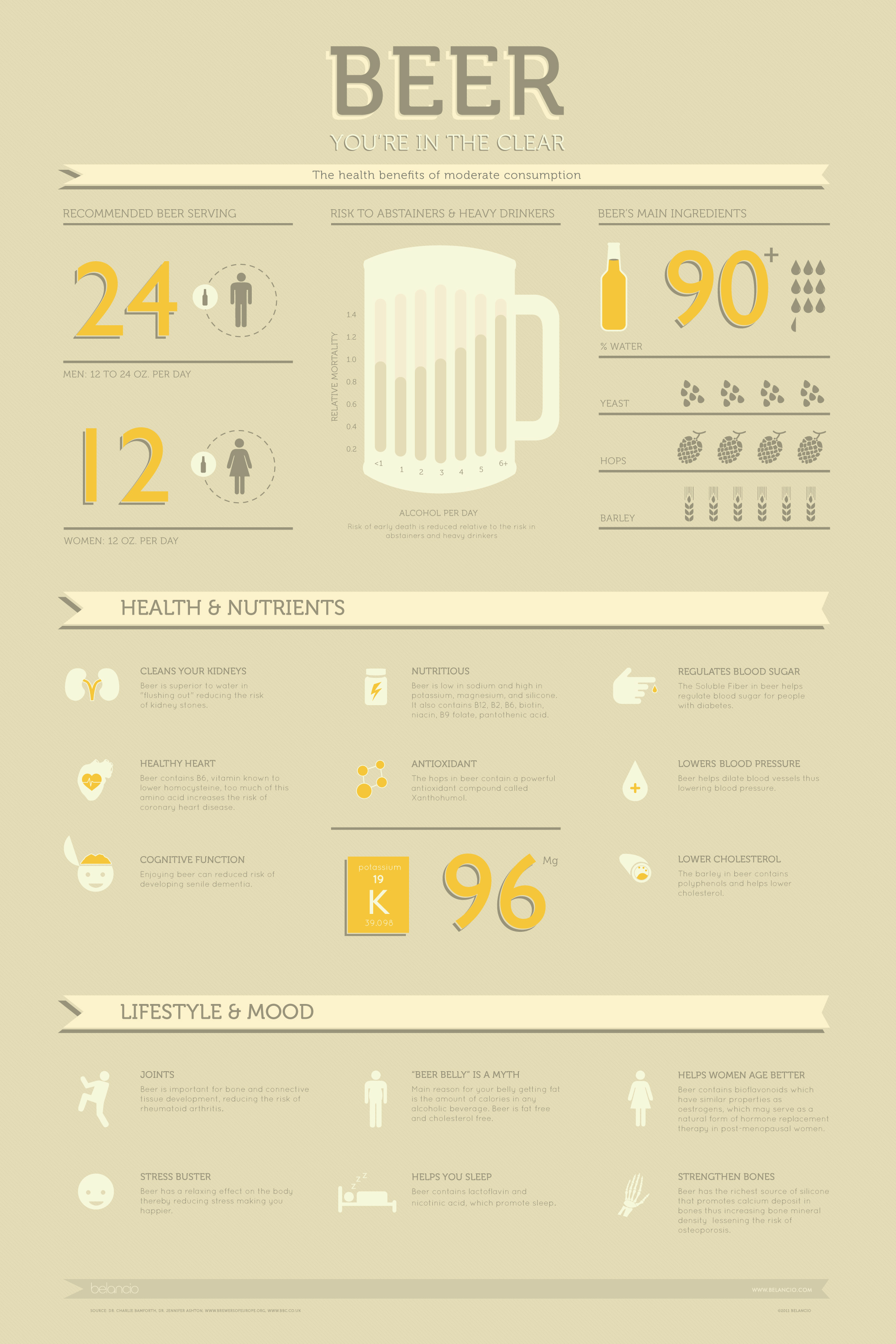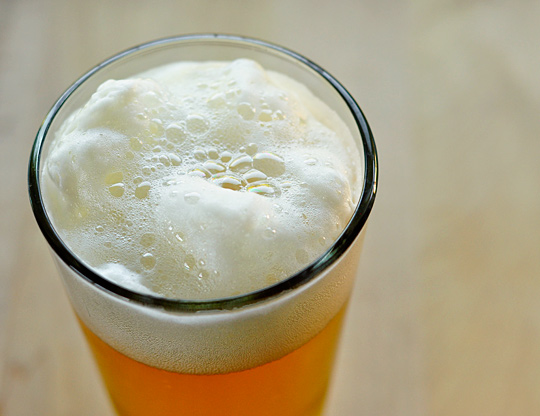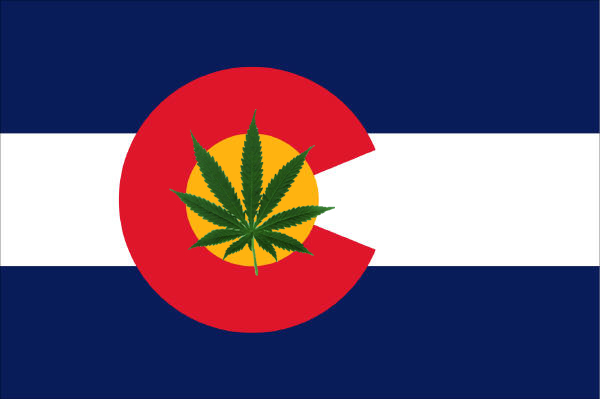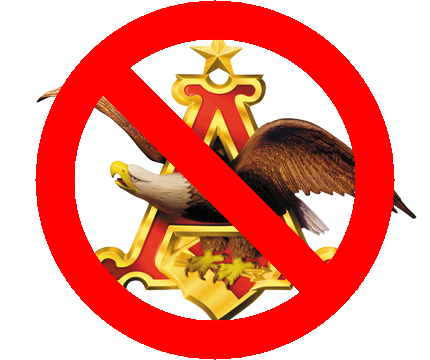Big beer is getting the squeeze from big restaurants. No longer is big beer the dominate tap handle at your local chain restaurant, instead these establishments are increasingly turning to craft beers for their beer selections.
More signs that American culinary tastes are changing, or perhaps becoming more diverse: 15 Chipotle Mexican Grill (CMG +2.24%) restaurants in Chicago have begun to sell locally-made “craft beers” on a trial basis, theChicago Tribune reports.
Earlier this year, the pasta restaurant chain Noodles & Co. announced a similar policy, offering its customers craft beers and upscale wines.
American craft brews are a big growth business. The Brewers Association reports dollar sales for the country’s small and independent craft brewers were up 14% in the first half of 2012, while the volume of craft brewed beer sold rose 12% in that same time period. Oh, and the number of total breweries in the U.S. is currently at a 125-year high.
“Generally, most craft brewers are continuing to see strong growth in production, sales, brewing capacity and employment, which is to be celebrated during challenged times for many of today’s small businesses,” said Brewers Association Director Paul Gatza in a statement. “Plus, it’s a fact that beer drinkers are responding to the quality and diversity created by small American brewing companies. India pale ales, seasonal beers, Belgian-inspired ales and a range of specialty beers are just a few of the beer styles that are growing rapidly.”
Industry experts say the trend of national chain restaurants selling local beer brands is hardly shocking news.
“I would say it’s not surprising as all, given the growing popularity and the enthusiasm and the passion that’s being driven by the craft beer segment in the United States,” says Eric Shepard, executive editor at Beer Marketer’s Insights, which covers the beer industry. “It’s still only 6% of the total volume, but seems to grow under a lot more of that in terms of the passion and media coverage.”
Shepard points towards the so-called “locavore” movement — where consumers prefer food, beverages and produce grown regionally — as a model for the national restaurant chains to consider.
“I think some of the other restaurant chains have already adopted this to a certain extent,” he said, “where they give a certain amount of freedom to their franchisees to choose based on where they are and the local tastes and food as well. That they would do that in beer as well just makes a whole lot of sense.”
But nothing is simple, and that’s certainly true when you talk about defining what exactly is a craft beer.
The big brewers are creating their own craft beers — such as Blue Moon, produced by MillerCoors (TAP +1.23%) or Shock Top from Anheuser Busch (BUD +2.57%). “They see where the growth in the industry is and it’s been fairly explosive in crafts over the last four or five years,” says Shepard. “And they want to play in that space as well. Ultimately the consumer will sort all of this out.”
Source: http://money.msn.com/




















Follow Us!